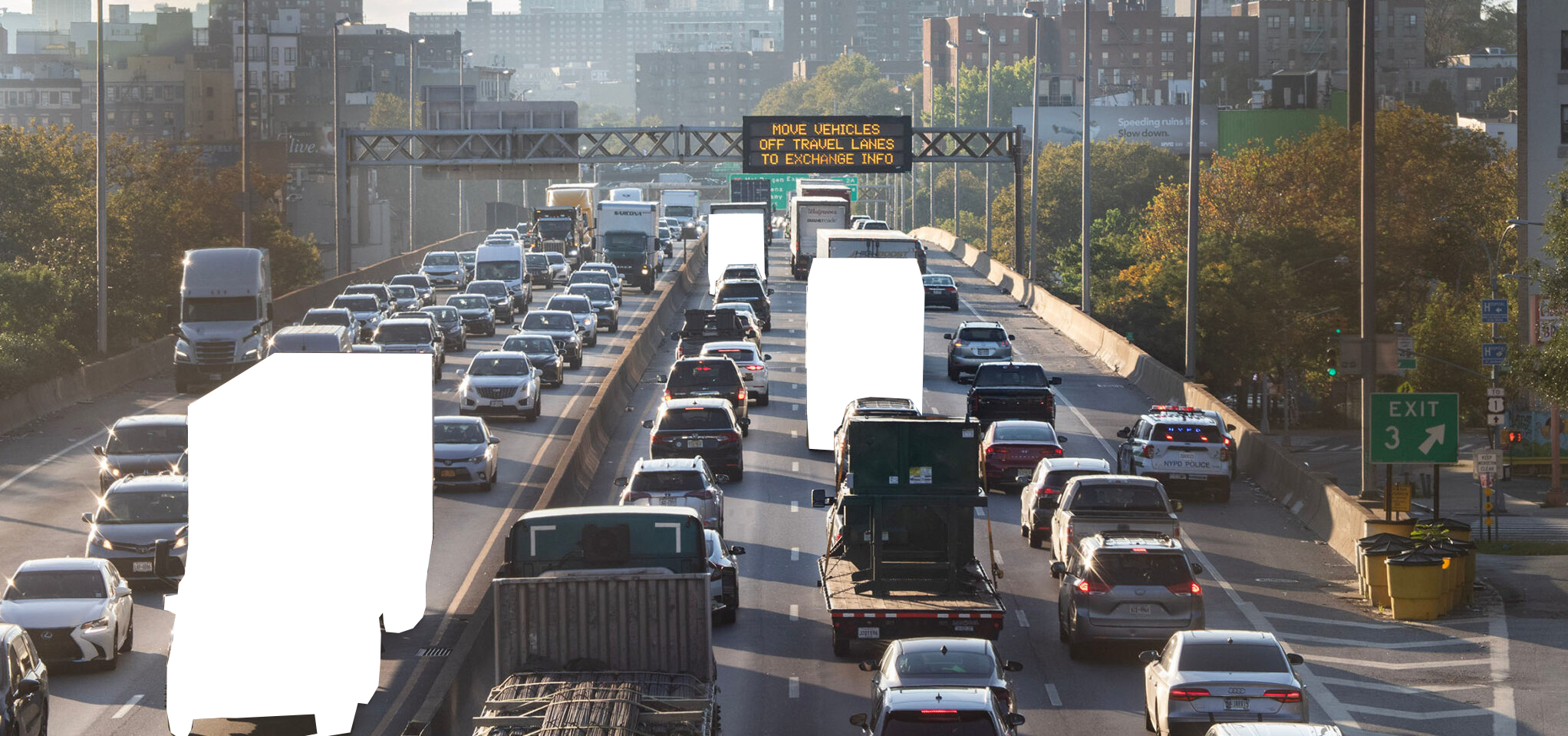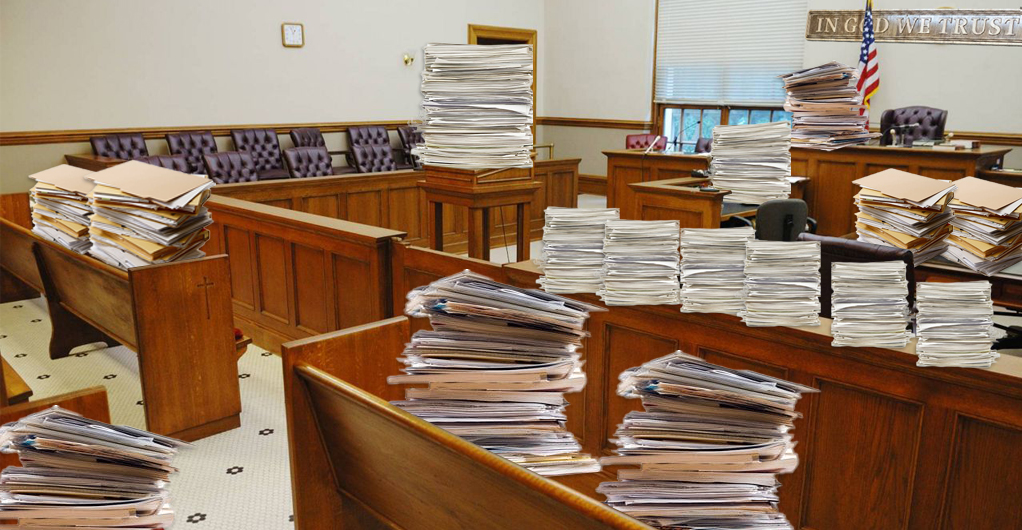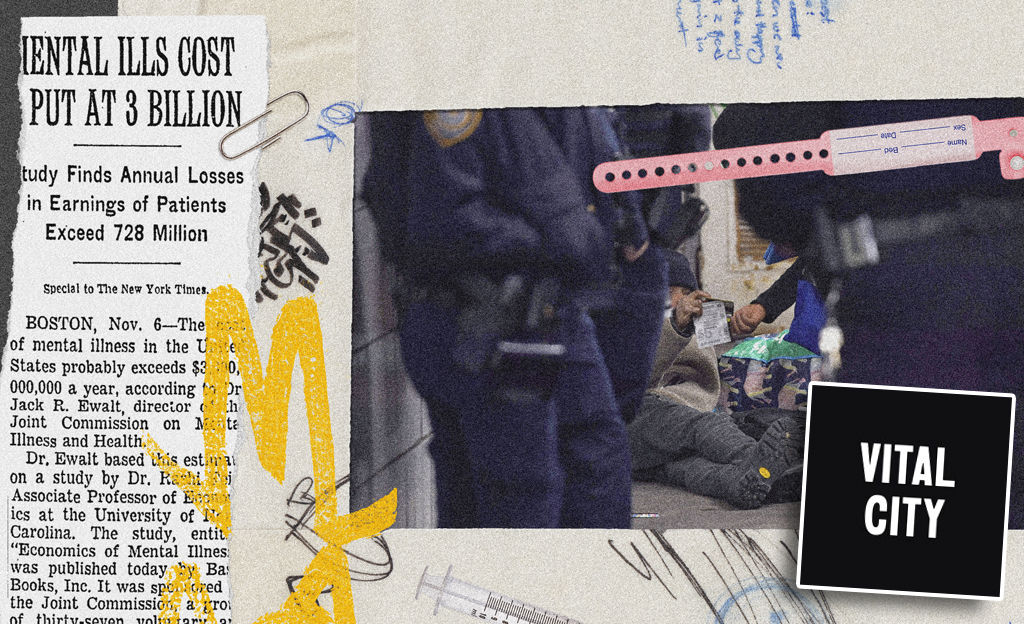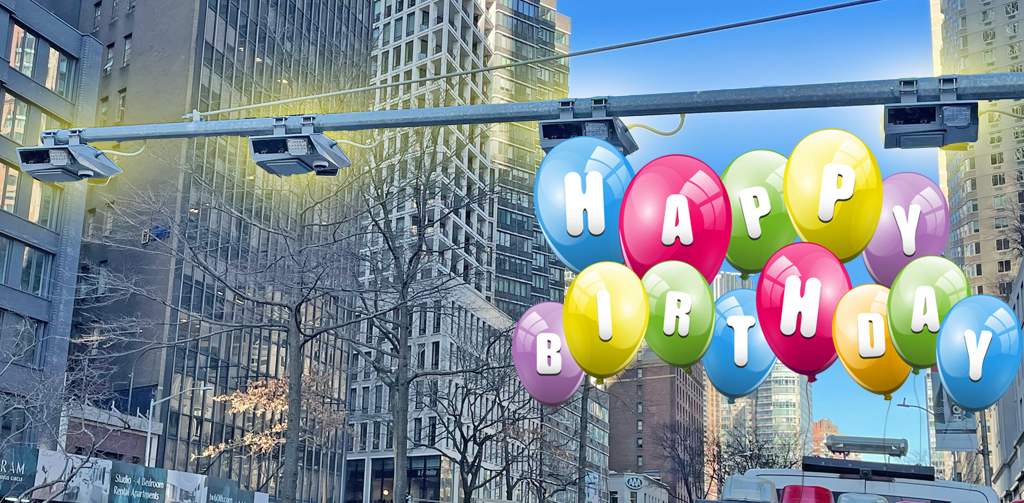Below are some excerpts from a fascinating story by John Vidal in last month's Guardian that I haven't seen covered in any American media. As the debate over traffic relief heats up in New York City, take a look at how the demolition of an elevated highway motorway the center of South Korea's capital and the restoration of a river and park in its place shows how taking space away from cars and trucks can lead to less traffic congestion, a better local economy, and a healthier, more livable city. Note how local merchants insisted that tearing down the highway would be a disaster for their businesses.

The Cheonggyecheon River: Before and after.
"The idea was sown in 1999," Hwang says. "We had experienced a strange thing. We had three tunnels in the city and one needed to be shut down. Bizarrely, we found that that car volumes dropped. I thought this was odd. We discovered it was a case of 'Braess paradox', which says that by taking away space in an urban area you can actually increase the flow of traffic, and, by implication, by adding extra capacity to a road network you can reduce overall performance."
 There was fierce opposition and protests to begin with from nearby traders, who feared that cars would no longer be able to get there. But other opposition came, unexpectedly from urban planners. "They did not like it," says Hwang. "They always want to build more roads to survive.
There was fierce opposition and protests to begin with from nearby traders, who feared that cars would no longer be able to get there. But other opposition came, unexpectedly from urban planners. "They did not like it," says Hwang. "They always want to build more roads to survive.
"The tearing down of the motorway has had both intended and unexpected effects. As soon as we destroyed the road, the cars just disappeared and drivers changed their habits. A lot of people just gave up their cars. Others found a different way of driving. In some cases, they kept using their cars but changed their routes."
The city had beefed up its bus service and given people options to avoid the motorway, and the effect on the environment was remarkable. Hwang says: "We found that surface temperatures in summer along the restored river were an average 3.6 degrees Centigrade lower than places 400 metres away. The river is now a natural air conditioner, cooling the capital during its long hot summers. Average wind speeds in June this year were 50% higher than the same period last year. It was extraordinary. Also, many birds came back, plus fish, insects and plants. The variety of wildlife has vastly increased since we tore up the road."
 The scheme has had a ripple effect, Hwang says. A new mayor has come to office and he is now getting to work on the Han river, an important river that is not at all pedestrian-friendly. He is going to shrink the road space for cars and replace it with pedestrian walkways.
The scheme has had a ripple effect, Hwang says. A new mayor has come to office and he is now getting to work on the Han river, an important river that is not at all pedestrian-friendly. He is going to shrink the road space for cars and replace it with pedestrian walkways.
Last week, the verdict of ordinary Seoulians, asked at random what they thought of the development, was overwhelmingly positive. "The city centre is so much cleaner," said Rhoda Chung, a young pharmaceutical worker. "The shopkeepers were arguing against the restoration. but now that they can see the difference they all like it." Soo Chul Kwak, a retired driver, said: "Before, you only heard the traffic, but now you can hear the water."
"I am so proud of what we have done", says Hwang. And so is former mayor Lee, who is now the frontrunner for the presidency -- and known as Mr. Bulldozer.
More before and after photos here and here. Thanks to Andy Wiley-Schwartz for sending in the link.





